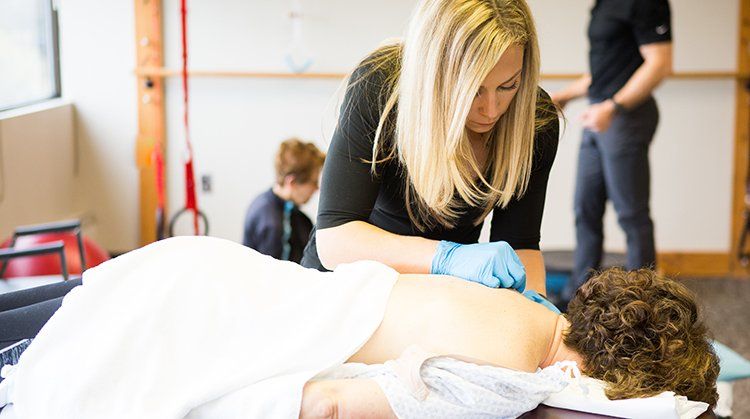
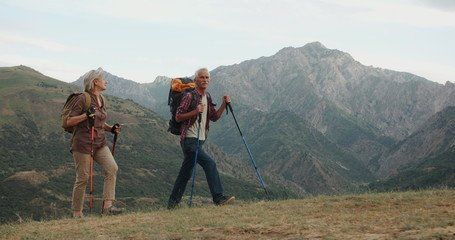

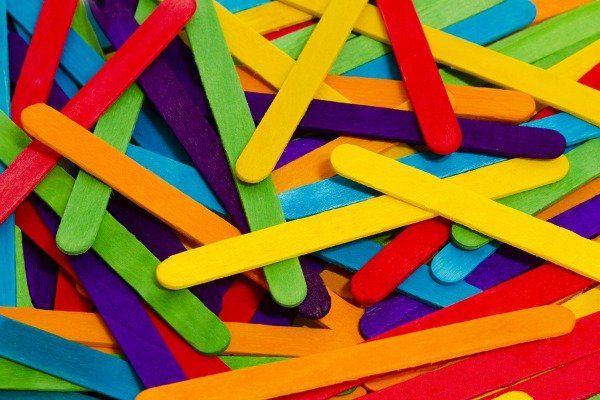
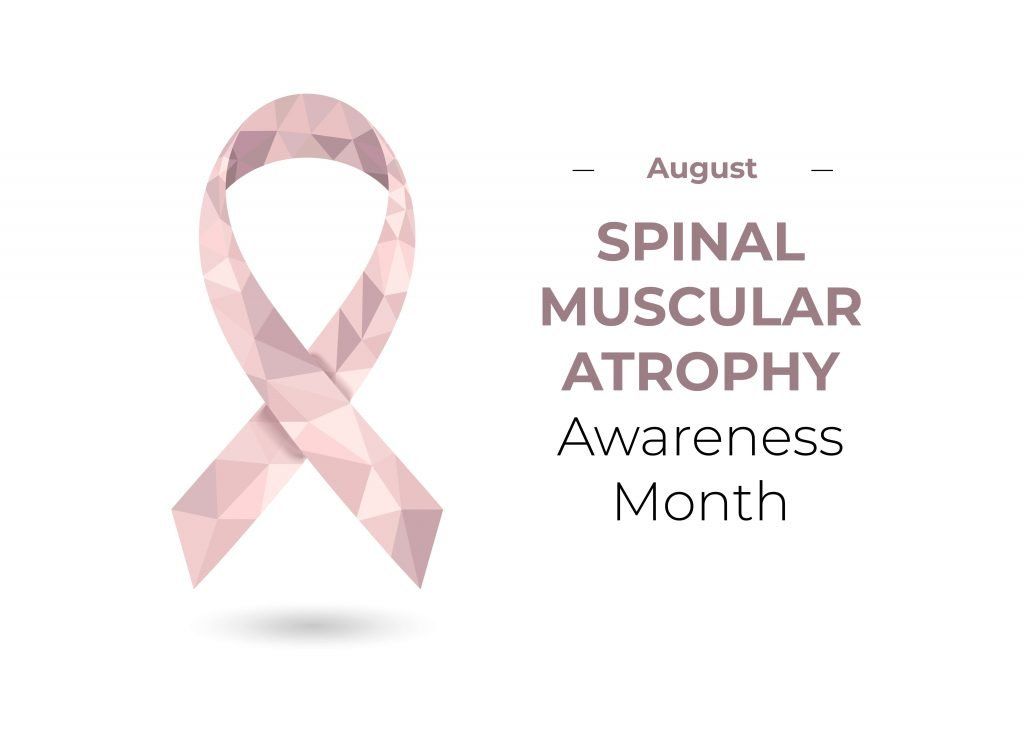
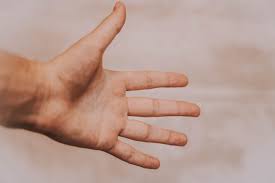

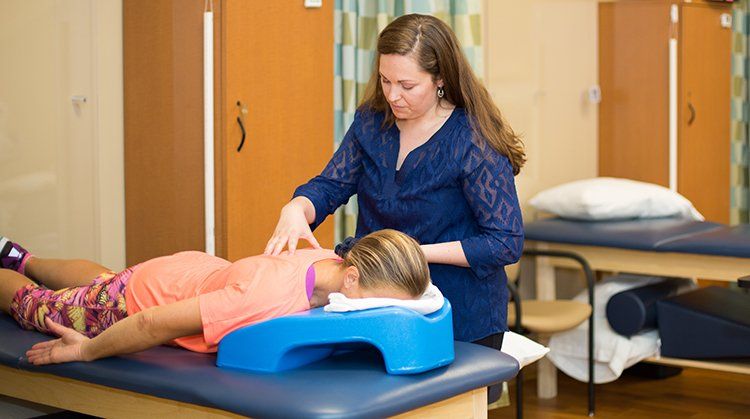
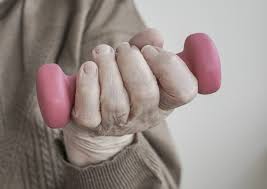
Physical Therapist's Guide to Ulnar Collateral Ligament Injury
Ulnar collateral ligament (UCL) injuries generally occur when repetitive stress damages the inside of the elbow, compromising stability. UCL injuries are most common in athletes who play "overhead" sports, such as volleyball and baseball, which require using the arms in an overhead position. These injuries are occurring in greater frequency with the rise of sport specialization. They are often referred to as "Tommy John" injuries, named after the famous baseball pitcher who underwent the first surgery for a UCL injury in 1974. A physical therapist can help improve your arm's strength and range of motion, and your body's overall stability and balance following a UCL injury.
What Are Ulnar Collateral Ligament Injuries?
The ulnar collateral ligament is a band of tissue that connects the inside of your upper arm (humerus) to the inside of your forearm (ulna). This ligament helps to support and stabilize your arm when you perform a motion, such as throwing a ball. A UCL injury may at first cause pain and tightness in the area. However, over time and with repetitive stress or trauma, the UCL can become stretched and even tear. Surgery is not always necessary to heal a UCL injury, but it may be performed if pain persists or the elbow feels unstable upon a return to sport or other activities.
Signs and Symptoms
With a UCL injury, you may experience:
How Is It Diagnosed?
Your physical therapist will conduct a thorough evaluation that includes taking your health and activity history. Your physical therapist may ask you questions including:
Your physical therapist may gently touch the area around your elbow joint to locate the specific area of pain. Your physical therapist may slightly bend your arm while applying pressure along the outside of your elbow joint, or ask you to mimic a throwing motion as the therapist resists against it.
To provide a definitive diagnosis, your physical therapist may collaborate with an orthopedic surgeon. The surgeon may order further tests, such as magnetic resonance imaging (MRI) or magnetic resonance arthrogram (MRA), to confirm the diagnosis and to rule out other possible damage.
How Can a Physical Therapist Help?
Your physical therapist can help improve your arm's strength and range of motion following a UCL injury, and help restore your shoulder and core stability, coordination, and balance. Your therapist also will work with you before and after any necessary surgery, and can help identify other issues that may have contributed to your injury, such as range of motion and strength deficits, or improper throwing mechanics. Your physical therapist will help you:
Boost your healing process. Decreasing stress across the injured area is the best way to promote healing of a UCL injury. Your physical therapist will likely tell you to take some time off from your sport or other activity. Your therapist may educate you on the RICE (rest, ice, compression, elevation) principle and may implement "cross-friction massage" to help the body supply nutrients to the injured ligament.
Strengthen your muscles. After your injury your arm may feel weaker. Strengthening the muscles of your shoulder, upper back, and shoulder blades in addition to those of the forearm will help decrease the stress at the elbow joint. Addressing lower-body balance or any weakness through your hips and trunk also may help decrease stress across your elbow.
Improve your range of motion. After your injury you may notice more difficulty straightening or bending your arm. Your physical therapist will work with you to improve your arm's range of motion, including possibly stretching your shoulder to help decrease stress on your elbow when performing overhead movements.
Correct your movements. While every sport requires different arm positions, certain positions may put an athlete at greater risk for injury to the elbow. Examining and modifying the movements you perform may help you safely return to your sport. Your physical therapist will help design a specific program to allow a gradual full return to activity.
Prepare to return to sport. An important component of preparing for a return to sports after an UCL injury is preparing the arm to properly withstand the stress placed on it during throwing or other overhead motions. Your physical therapist will work with you to establish and implement a progressive program to prepare you for a return to practice and competition.
If Surgery Is Required
If surgery is necessary, your physical therapist may measure your arm strength and range of motion prior to surgery to define a baseline goal to achieve following the procedure.
Immediately following surgery, your arm will likely be placed in a splint, brace, or sling to protect your elbow. Physical therapy will begin within the first week to 10 days following surgery. Your physical therapist will:
Resuming sport-specific activities. An athlete who has experienced a UCL injury can begin to return to throwing at approximately 6 months after surgery. The return is based on the surgeon and physical therapist providing clearance to do so.
Returning to full competition. An athlete generally can be cleared to return to game competition approximately 12 to 14 months after surgery.








